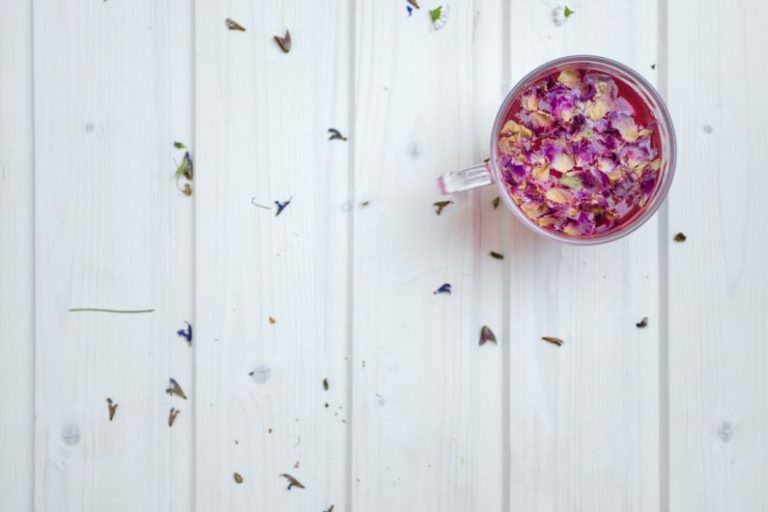Bitter or Sweet: Understanding Matcha Tea
Matcha tea has been gaining popularity in recent years, captivating the taste buds of many with its unique flavor profile and numerous health benefits. This vibrant green powdered tea is not just a beverage but a cultural experience deeply rooted in Japanese tradition. Whether you find its taste bitter or sweet, understanding matcha tea can enhance your appreciation for this beloved drink.
**The Origins of Matcha**
Matcha has a rich history that dates back to the 12th century in Japan. It was during this time that Zen Buddhist monks discovered the unique properties of matcha and began incorporating it into their meditation rituals to promote focus and alertness. The cultivation and preparation of matcha were refined over the centuries, eventually becoming an integral part of Japanese tea ceremonies.
**The Making of Matcha**
Unlike traditional loose-leaf teas, matcha is made by grinding shade-grown green tea leaves into a fine powder. This process helps to retain the nutrients and antioxidants present in the leaves, making matcha a powerhouse of health benefits. The vibrant green color of matcha comes from the high chlorophyll content in the leaves, which also contributes to its distinct flavor profile.
**Bitterness vs. Sweetness**
One of the defining characteristics of matcha tea is its unique taste, which can be described as a balance between bitterness and sweetness. The bitterness of matcha comes from the catechins, a type of antioxidant present in green tea that gives it its characteristic astringency. However, this bitterness is often accompanied by a natural sweetness that lingers on the palate, creating a complex and nuanced flavor profile.
**Health Benefits of Matcha**
Beyond its distinctive taste, matcha tea is also praised for its numerous health benefits. The high concentration of antioxidants in matcha, particularly catechins like EGCG, helps to boost the immune system, reduce inflammation, and promote heart health. Matcha is also rich in vitamins and minerals, including vitamin C, selenium, chromium, and zinc, making it a nutrient-dense beverage.
**Culinary Uses of Matcha**
While matcha is traditionally enjoyed as a tea, its versatile flavor profile has made it a popular ingredient in culinary creations as well. From matcha lattes and smoothie bowls to matcha-infused desserts like ice cream and cakes, the possibilities are endless when it comes to incorporating matcha into your cooking. The earthy and slightly sweet notes of matcha can add depth and complexity to a wide range of dishes.
**The Ritual of Drinking Matcha**
In Japan, the preparation and consumption of matcha are steeped in tradition and ritual. The intricate tea ceremony, known as chanoyu, involves precise movements and gestures that symbolize harmony, respect, purity, and tranquility. Each step of the tea ceremony is imbued with meaning, from the cleansing of the tea utensils to the whisking of the matcha into a frothy brew.
**Exploring the World of Matcha**
Whether you prefer your matcha bitter or sweet, there is no denying the allure of this vibrant green tea. From its origins in Japanese tea ceremonies to its modern-day popularity as a health elixir and culinary ingredient, matcha has captured the hearts of tea enthusiasts around the world. So, the next time you sip on a cup of matcha, take a moment to savor its complex flavors and appreciate the centuries-old tradition that goes into each bowl.






